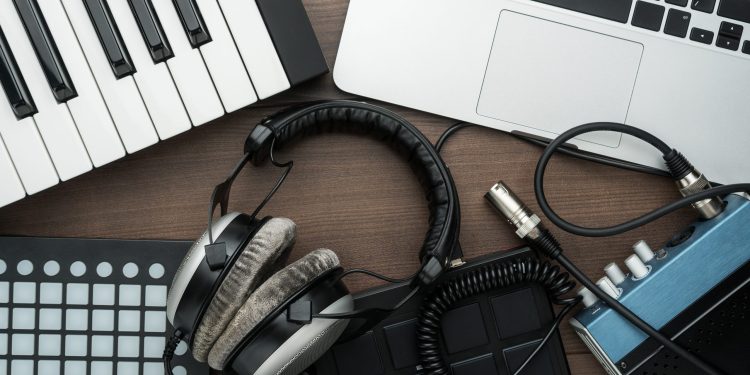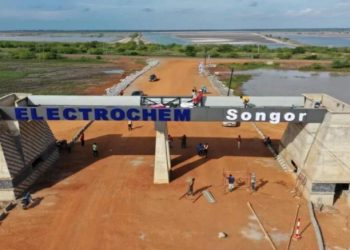Music production stands as a testament to the remarkable fusion of artistry and technology, wielding the power to craft enduring emotional landscapes that linger long after the music fades.
The partnership between a skilled producer and a talented artist transcends time, as evidenced by the perennial allure of tracks like “Still Dre,” igniting fervent reactions whenever it graces a playlist or dance floor.
In this edition of my writing, I am taking you on a journey through the ever-evolving realm of music production, delving into its multifaceted evolution over the years. As we explore this expansive landscape, I’ll weave in my own experiences, offering firsthand insight into this dynamic field.
The accessibility of music production in modern times owes much to the democratizing force of technology. With the proliferation of computers in households since the late ’90s, opportunities once confined to professional studios now beckon aspiring creators like myself closer to their dreams.
The transition from analogue to digital formats heralded a seismic shift, simplifying data storage from cumbersome reel tapes to discs comprehensible to computers. This shift brought about myriad advantages, from effortless editing to the elimination of the dreaded prospect of starting a recording anew due to a single mistake.

Gone are the days when a full band needed to assemble in a studio for a recording session. Technology birthed a new breed of producers capable of crafting entire instrumental arrangements single-handedly or with minimal assistance.
The advent of synthesizers and drum machines, akin to miniature computers in their own right, heralded a paradigm shift, enabling the storage and manipulation of musical data with unprecedented ease. This not only streamlined the production process but also slashed costs, democratizing music creation for a global audience.
Central to this evolution is the pivotal role of software like FL Studio, a revered Digital Audio Workstation (DAW) authored by Didier Dambrin and developed by Image-Line which is embraced by novices and professionals alike.
The transformative impact of such tools is evidenced by their instrumental role in Grammy-nominated and winning compositions, underscoring their significance in the annals of music production history. I have used this software to produce music on an album which has won an award and the flexibility speaks for itself.
But, it’s not just software that has reshaped the landscape. Innovations like audio interfaces have revolutionized the recording process, rendering traditional mixers insignificant through the recording process as microphones interface directly with virtual mixers through the audio interface Popularly referred to as sound cards.
These advancements aren’t confined to a single corner of the globe; rather, they represent a global phenomenon, evidenced by the explosion of drill music across diverse linguistic and cultural landscapes, where successful indie artists are springing up overnight due to easy access to these software and technological advancements.

In essence, the evolution of music production is a testament to the symbiotic relationship between creativity and technology, democratizing artistic expression on a global scale.
As we continue to traverse this ever-shifting terrain, one thing remains clear: the power of music to evoke emotion knows no bounds, thanks in no small part to the tireless innovation of producers past, present, and future.















